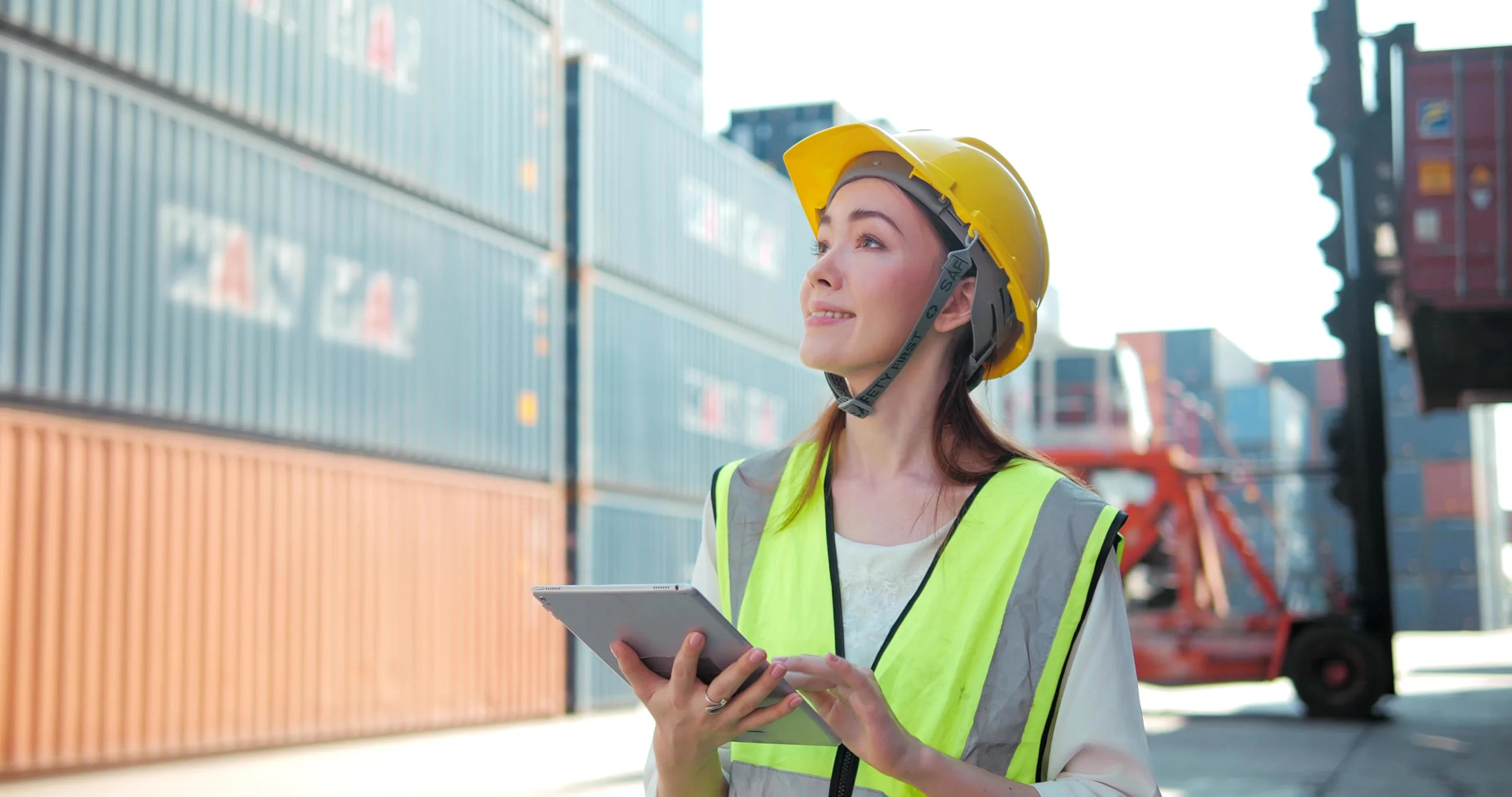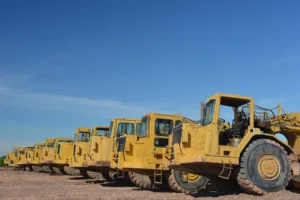
Riverside Construction Site Security Solutions for Theft & Risk
Construction sites in Riverside and San Bernardino are hotspots for opportunistic crimes, safety risks, and costly setbacks. Whether it’s copper wire theft, graffiti, or unauthorized access, the consequences can delay your timeline, damage your reputation, and cost thousands in repairs. That’s why having a solid security strategy isn’t just helpful—it’s essential.
Why Construction Site Security Matters in Riverside & San Bernardino
Local crime trends show a surge in raw-material theft—copper wiring and lumber being at the top of the list—while vandalism and trespassing add unplanned expenses and lost work hours. Without a proactive security plan, each break-in means replacement costs, insurance claims, and hours spent filing police reports instead of building. Investing in comprehensive site protection stops problems before they start and lets you focus on the job.
Top Security Risks for Construction Sites in the Inland Empire
Trespassing & liability
Construction sites in the Inland Empire are often sprawling, open, and difficult to fully secure, making them attractive targets for trespassers. Unauthorized entry can lead to costly liability issues if someone is injured on-site, even without permission to be there. Beyond safety risks, trespassing can disrupt work schedules if the site needs to be shut down or cleaned up, create hazards for employees, and increase insurance premiums in the event of an incident claim. Proactively addressing site access is essential to reduce liability exposure.
Raw material & equipment theft
With the Inland Empire’s rapid development, construction sites are stocked with valuable raw materials and equipment—prime targets for thieves. Copper wiring, lumber, and even heavy machinery are frequently stolen, leading to costly replacements and project delays. Even a single theft can mean thousands in losses and higher insurance premiums.

Vandalism
Acts of vandalism, such as graffiti, broken windows, or damaged electrical boxes and equipment, can derail progress and add unplanned expenses to a project. In some Inland Empire communities, vandalism is a recurring issue that contributes to delayed completion dates and strained budgets. Beyond repair costs, vandalism can also undermine worker morale and client confidence.
Worker-safety incidents
Construction sites are inherently dangerous, with risks ranging from falls and equipment malfunctions to accidents involving power tools. In the Inland Empire, where many projects operate on tight timelines, accidents happen and lead to serious incidents. Worker injuries not only jeopardize project schedules but also open contractors to liability claims and regulatory fines. Prioritizing safety with monitoring systems and proper training helps ensure compliance and protects the workforce.
Key components of a construction site security plan
A strong security strategy isn’t a one-size-fits-all, even within the same industry. It’s built around the unique challenges of your project and property. From safeguarding valuable materials to controlling who can access the site, an effective plan combines multiple layers of protection. By addressing both physical and digital vulnerabilities, you create a safer environment for workers while reducing costly risks.
Key components can include:
- Lighting: Adequate lighting is one of the most effective crime deterrents. Incorporating infrared (IR) illuminators ensures cameras capture clear footage even in total darkness, reducing blind spots and supporting around-the-clock monitoring without relying solely on visible light.
- Fencing: Secure fencing creates a physical barrier to unauthorized entry, but its effectiveness increases when paired with live video monitoring (LVM). Combining these measures transforms fencing from a passive deterrent into an active security layer capable of triggering real-time alerts.
- Signage: High-visibility signage warning of 24/7 surveillance serves as both psychological and legal functions. It deters would-be trespassers while reinforcing compliance with safety regulations by making clear that restricted areas are monitored.
- Cameras and alarms: Strategically placed cameras around the perimeter and inside the property protect against intruders and sensitive areas, such as storage zones for tools or hazardous materials. When integrated with intrusion alarms, they provide layered defense, helping security personnel respond to actual incidents instead of relying on routine patrols alone.
Pro tip: Prioritize scalable coverage. Construction sites evolve, often expanding or shifting as the project progresses. Scalable solutions—such as mobile surveillance units or wireless systems—ensure security keeps pace with those changes, avoiding costly blind spots or gaps in monitoring.
Using surveillance cameras and remote monitoring
Live video monitoring and mobile surveillance units transform passive recording into active defense. Instead of just reviewing footage after an incident, you gain proactive tools that help prevent threats before they escalate:
- Real-time access: View live video feeds from any device—whether you’re in the office, at home, or on the go—so you always know what’s happening on-site.
- Custom monitoring rules: Set motion-detection alerts that prioritize after-hours activity, reducing false alarms and focusing attention where it’s needed most.
- Off-site verification: Remote monitoring teams can review alerts in real time, confirming whether activity is a genuine threat before escalating.
- Rapid response: Verified alerts allow teams to quickly dispatch on-site security personnel or contact local authorities, minimizing delays and losses.
- Deterrence factor: Visible surveillance cameras and mobile units signal to potential trespassers or thieves that the site is being actively watched, discouraging criminal activity.

Hiring security guards for construction sites
Hiring security guards for construction sites brings the advantage of a visible, on-site presence that discourages intruders and helps ensure faster responses during emergencies. Their physical patrols add a human layer of oversight that cameras or alarms alone can’t fully provide.
Guards also work hand in hand with remote monitoring solutions, allowing for quick escalation when an incident occurs. With flexible staffing levels, site managers can scale guard coverage up or down to balance safety needs with budget considerations.
Access control solutions for high-risk sites
Keeping your construction site secure starts with controlling who can get in—and where they can go once inside. Automated gate barriers, badge-reader checkpoints, and keypad or PIN entry systems make it easy to manage access to office trailers and equipment storage. For areas that hold high-value tools or materials, advanced options like biometric scanners or smart-card systems provide an extra layer of protection, ensuring only authorized team members can enter sensitive zones.
How Bay Alarm protects Inland Empire job sites
With decades of regional expertise, Bay Alarm partners with local jurisdictions for compliant system designs and swift approvals. Our security experts deliver accurate quotes and install scalable surveillance and access-control solutions, while a network of service staff across the Inland Empire ensures prompt maintenance and support.
Start a conversation with a Bay Alarm security expert.
By submitting this form, you agree to receive marketing emails from Bay Alarm. You can unsubscribe at any time.

